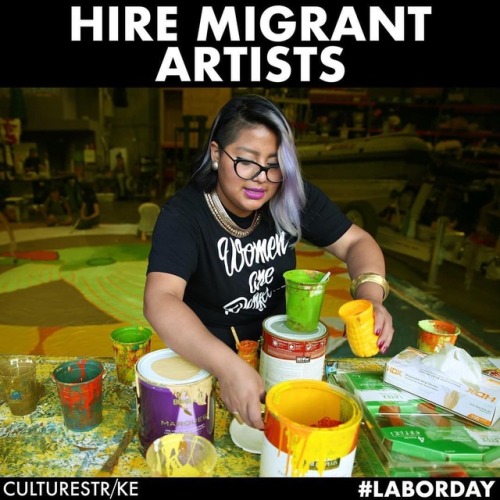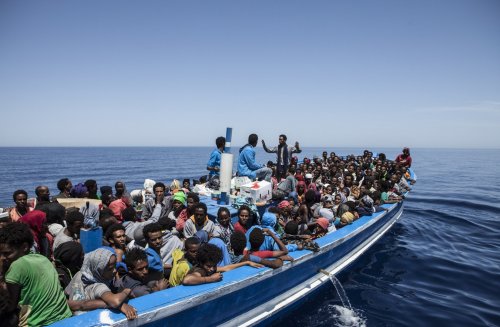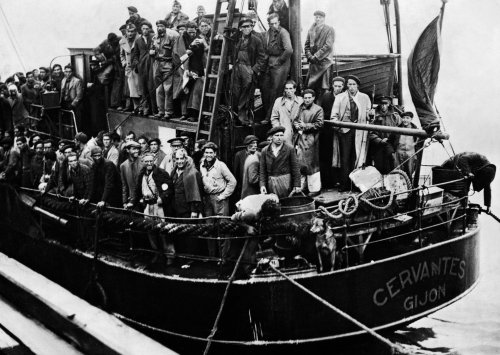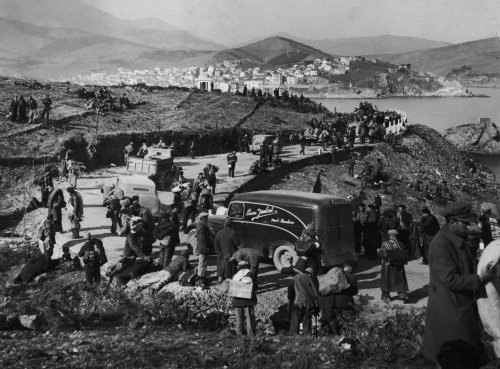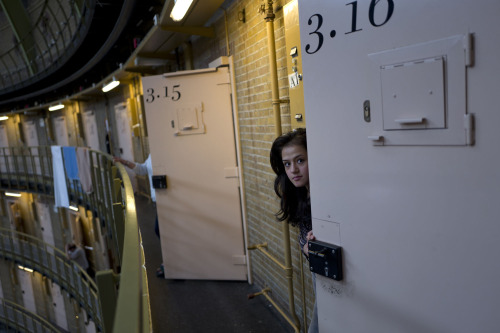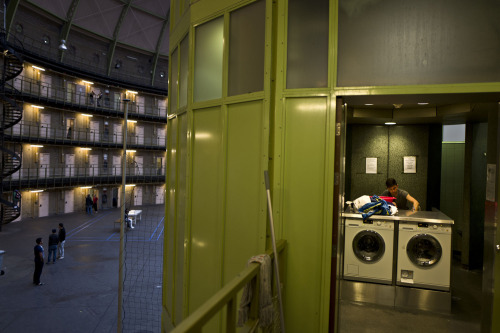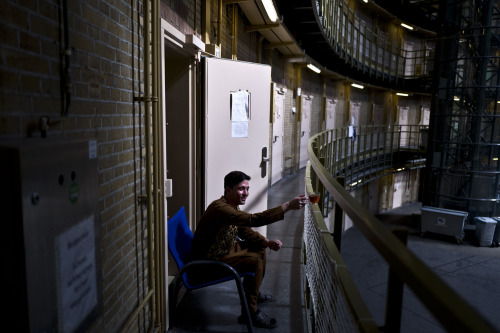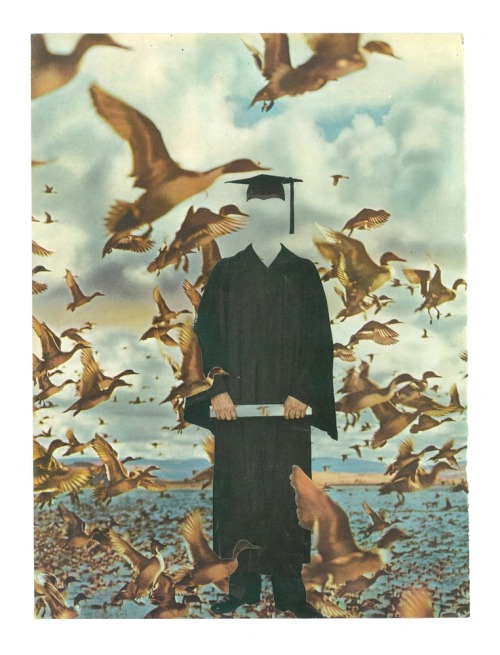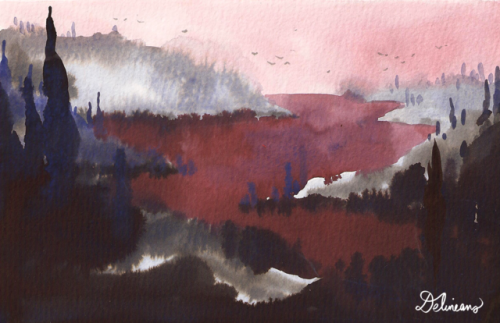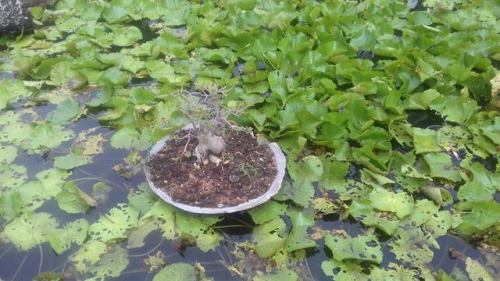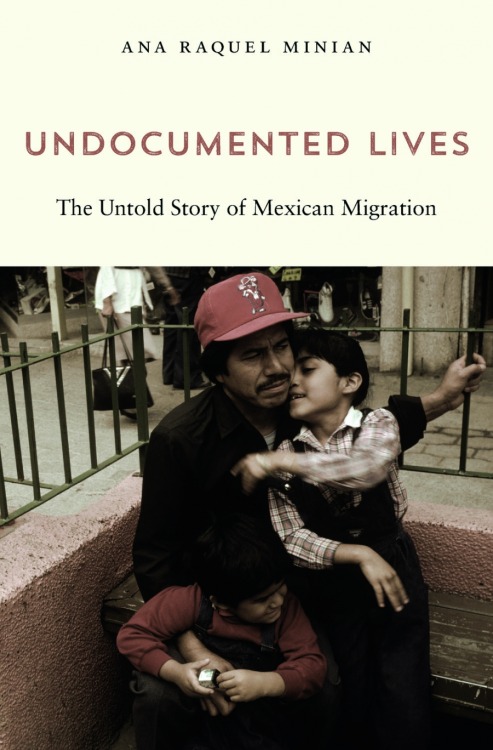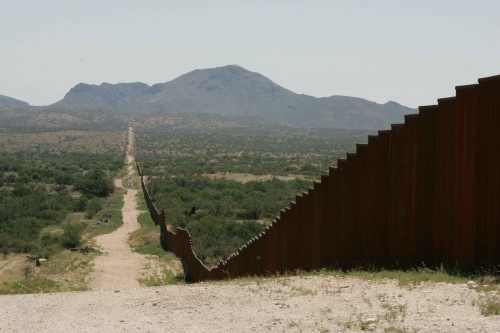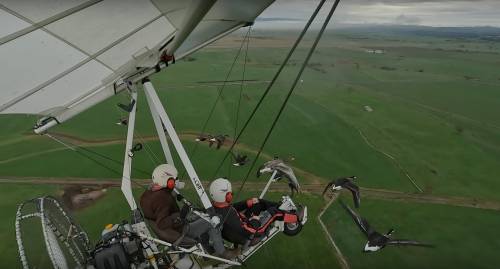#migration
One of the best ways to combat anti-immigrant hate is to support the work of immigrant artists. We can tell our own stories best, and our work is changing the narrative. #LaborDay #immigrant #migrant #immigration #migration #ImmigrantRights #MigrantRights #MigrationisBeautiful #art #artforchange #supportlivingartists
Post link
Refugees in Europe – then and now | See full gallery
As tens of thousands of refugees continue to make their perilous way across Europe, their pictures recall those of earlier, equally arduous journeys.
From the shattered remains of Dunkirk in 1940 to the smoking ruins of Damascus in 2015, the women and children fleeing the barbarity of German troops in Russia or Islamic State fighters in Iraq, images of humanity’s flight from oppression, poverty and persecution today find a powerful echo in those of past exoduses. For these people, nothing much seems to have changed.
Post link
Refugee Housing: A New Life for Empty Prisons in the Netherlands | Via
Associated Press photographer Muhammed Muheisen has documented many of the men, women, and children displaced by unrest in the Middle East, and followed them as they made their way toward Europe. He often found himself wondering “What happens to migrants once they reach Europe?”, and heard about a program in the Netherlands where the government had started housing refugees in vacant prisons. Years of declining crime rates have left the Dutch government searching for ways to put its emptying prisons to good use, and as an influx of refugees reached the Netherlands, the former prisons have temporarily become their homes. Muheisen spent months trying to gain access to the prisons, then, once he was allowed in, he spent another 40 days visiting and photographing asylum seekers from dozens of countries inside these prisons, as they wait to find out what comes next for them.
Very interesting @ryanpanos. Quite surprised to realize that the prison is an actual Panopticon and this is not mentioned anywhere in the article. I find it gives the whole story an additional reading level and a deeper, maybe darker, meaning. It looks like this is the place: Koepelgevangenis (Dome or Panopticon Prison) in Arnhem.
Post link
The unseen driver behind the migrant caravan: climate change
Photo: Honduran migrants heading to the US, Johan Ordonez/AFP/Getty Images
While violence and poverty have been cited as the reasons for the exodus, experts say the big picture is that changing climate is forcing farmers off their land – and it’s likely to get worse
Thousands of Central American migrants trudging through Mexico towards the US have regularly been described as either fleeing gang violence or extreme poverty.
But another crucial driving factor behind the migrant caravan has been harder to grasp: climate change.
Most members of the migrant caravans come from Guatemala, Honduras and El Salvador – three countries devastated by violence, organised crime and systemic corruption, the roots of which can be traced back to the region’s cold war conflicts.
Experts say that alongside those factors, climate change in the region is exacerbating – and sometimes causing – a miasma of other problems including crop failures and poverty.
And they warn that in the coming decades, it is likely to push millions more people north towards the US.
“The focus on violence is eclipsing the big picture – which is that people are saying they are moving because of some version of food insecurity,” said Robert Albro, a researcher at the Center for Latin American and Latino Studies at American University.
“The main reason people are moving is because they don’t have anything to eat. This has a strong link to climate change – we are seeing tremendous climate instability that is radically changing food security in the region.”
Migrants don’t often specifically mention “climate change” as a motivating factor for leaving because the concept is so abstract and long-term, Albro said. But people in the region who depend on small farms are painfully aware of changes to weather patterns that can ruin crops and decimate incomes. [Full article]
Source:The Guardian
Post link

Where are Americans born?
Source: Steven Ruggles, Sarah Flood, Sophia Foster, Ronald Goeken, Jose Pacas, Megan Schouweiler, and Matthew Sobek. IPUMS USA: Version 11.0 [dataset]. Minneapolis, MN: IPUMS. 2021/
Stop following me on Tumblr and go on Twitter..
I will not post anything here ..
Priscilla (Latex suit).. F*ck Tumblr
https://twitter.com/_zer0g0d
https://www.reddit.com/user/zer0g0d
Post link

I embroidered this piece for the British Textile Biennial crowd-sourced exhibition about migration and belonging. I called it “Back to the Shire”, a Tolkien reference, because I went on a long quest over 25 years and travelled many places before returning to my home town in Lancashire. The rainbow infinity loop represents a journey, as well as neurodiversity, and the rainbow badge represents gender and sexual diversity. These are included to show how the outer journey relates to the search for safety and belonging. I sewed it on Mum’s old table cloth using a bit of Nanna’s wedding dress, and buttons and threads from my great aunt. These, along with the cup of tea, represent home!
Update:Here’s the finished work, with a page for everyone who contributed!
Across the frozen land, the flock of birds made its way through cottony clouds.
I made a bunch of paintings as part of the visual development for my Babayaga project. I like the idea of a land enshrouded with mystery, both quiet and intimidating. I like the idea of Babayaga exploring such a timeless and wild land with the Nameless Boy !
Post link
One more tree to think of whenever people investigate “But what about your roots?” or claim “Everything has to be rooted in a single place.”
Post link
Now in paperback from Harvard University Press and Stanford Associate Professor Ana Raquel Minian, Undocumented Lives: the Untold Story of Mexican Migration.
Post link
12-year-old Filipino girl barred from living with her parents in New Zealand due to her autism
Arianna Alfonzo has lived in the Philippines apart from her father while he has worked in New Zealand for the past six years. In 2018, Arianna’s application for a visitor visa was rejected after it was determined that she did not meet “acceptable standards of health.”
New Zealand’s immigration policies state that an individual with a disability or illness is unable to reside in the country if they require health services that cost more than $41,000 over five years.
While Arianna’s father works as a construction industry worker in Auckland, the 12-year-old and her mother, Gail Alfonzo, have continued living in the Philippines as they fight to get Arianna accepted into New Zealand.
“It’s been very difficult for us,” Gail told The New Zealand Herald. “She needs both parents.”
Gail also said that she and her husband have spent thousands on consulting specialists and lawyers to help approve Arianna’s visa and prove that they would not be a burden to New Zealand’s economy.
“We are in our early 40s and we are very sure both of us will contribute [to] the growth and economy of New Zealand,” Gail wrote in a public plea. […]
In 2014, a woman by the name of Juliana Carvalho was similarly denied entry into New Zealand due to her condition as a parapelgic and having lupus. It took six years for her to be approved for residency after having spent time in New Zealand under a student visa. She described the policy as destroying “people’s lives’’ and causing “humiliation.”
Carvalho submitted a petition with 35,000 signatures to change the disability immigration policy in 2021; however, the New Zealand government stated that it had no plans to revise the current policy.
“The current settings are not specifically discriminatory against disabled people, but instead focus on assessing the public health impact an individual will have,” New Zealand’s government stated.
Migration to Instagram
Victo Ngai
Hi guys, it’s been an amazing journey sharing my art and life with you on tumblr for the last 7 years. However it has become more and more difficult to balance social media and work.
In order to streamline postings to allow more quality drawing time, I am migrating to Instagram under the handle @victongai. I find it much easier to interact with followers and answer questions there, hope you will be there too!
XO
Victo
Post link
Compiled by Asians4BlackLives primarily based on research by AATimeline,VietUnityandSEARAC
From January 19-25, 2019, impacted communities, social justice and advocacy organizations, and other allies across the country will launch a national week of action to stand with Southeast Asian American communities as they continue to be terrorized by policies of mass incarceration and deportation. This week of action, which spans 15 cities across the country, is on the heels of one of the largest Southeast Asian deportation flights in United States history and coincides with Martin Luther King Jr. Day. In honor of Dr. King’s memory, we call on our country to remember the three evils—racism, militarism and poverty—that continue to devastate and divide Southeast Asian, Black and Brown communities: bit.ly/SEAAWeekofAction
The timeline below was developed to help the public learn about the connection between US imperialism and war in Southeast Asian and the current struggle of Southeast Asian immigrant and refugee communities against deportations. A downloadable PDF version is available which can be folded into a mini-zine.
1953
The U.S. provides military aid to France to suppress Vietnam freedom fighters, helping France maintain Vietnam as its colony.
1961
U.S. involvement in the “Secret War” in Laos deepens. U.S. presence in Laos aids its military presence in Vietnam. The CIA recruits Hmong and other ethnic minority groups living in Laos to guerilla units fighting for the Royal Lao Government. Details of this war were not disclosed to the public, and were often completely denied.
1963
A U.S.-approved military coup overthrows President Ngô Đình Diệmin of Vietnam.
1965
President Lyndon B. Johnson deploys American combat troops to Vietnam. Domestic demonstrations against the U.S. war in Vietnam begin.
1964-73
The U.S. drops more than 2.5 million tons of ordnance on Laos over the course of 580,000 bombing missions. This is equal to a planeload of bombs every 8 minutes, 24-hours a day, for 9 years.
1965-1973
The U.S. drops 2,756,941 tons of ordnance on Cambodia. This is more than the Allies dropped in the entirety of World War II. Information about the first four years of bombing was not made public until 2000.
1968
My Lai Massacre – US soldiers kill as many as 504 Vietnamese civilians including 119 children & 27 elderly.
1973
The U.S. & North Vietnam sign a ceasefire agreement.
The U.S. withdraws troops from Laos.
1975
The U.S. War in Vietnam comes to an end.
U.S. war and military presence in Southeast Asia leads to the rise of oppressive governments in both Cambodia & Laos. After a 5-year civil war in Cambodia, the Khmer Rouge captures the capital city of Phnom Penh and a genocide of 1-3 million people begins in Cambodia.
The U.S. authorizes the entry of 130,000 evacuees from Vietnam, Cambodia, & Laos.
1978
A second wave of refugees begin to leave Vietnam, many by sea. Journeys by boat are dangerous and many refugees don’t survive the trip. Many countries become unwilling to accept refugees.
1979
The UN establishes the Orderly Departure Program to deal with various waves of refugees leaving Southeast Asia. The U.S. becomes the largest country of second asylum. People continued to leave their homelands as a result of the U.S. War in Vietnam through the early 1990s.
1980
U.S. Congress passes the Refugee Act.
1987
In California the Creation of the Gang Reporting Evaluation & Tracking database heightens the profiling and flagging youth of color as gang members.
1980s-1990s
Many Southeast Asian refugees resettle in already underserved neighborhoods and must compete for low-wage jobs or face unemployment. Many lack access to health care, mental health services, and support for Post-Traumatic Stress Disorder.
The rise of the school to prison pipeline: over-stretched public schools with inadequate resources lead to disengagement and dropouts with youth then being pushed into violence and juvenile detention facilities with few pathways to return to school.
1994
A national report finds that more than 30 percent of all Southeast Asian households in the US depend on welfare for survival. Among Cambodian and Laotian communities in California, the percentage of those on welfare reaches 77 percent.
The state of California passes Proposition 187, denying undocumented immigrants public services like education & healthcare.
The state of California passes Proposition 184, Three Strikes Sentencing Initiative, the nation’s toughest mandatory sentencing law.
U.S. Congress passes the Violent Crime Control and Law Enforcement Act, the largest crime bill in the history of the U.S. It provided for 100,000 new police officers, $9.7 billion in funding for prisons, $1.2 billion for border control, deportations, asylum reform and a tracking center for immigrants with convictions., $1.8 billion to reimburse states for incarceration of immigrants who also had convictions. . It also expedited deportation for immigrants who are not lawful permanent residents and who are convicted of aggravated felonies.
1996
U.S. Congress passes the Personal Responsibility and Work Opportunity Reconciliation Act, a welfare reform bill. Immigrants who were on welfare were immediately removed if they were in the US for less than 5 years. Only immigrants who have been in the US for over 5 years can receive welfare.
U.S. Congress passes the Illegal Immigration Reform & Immigrant Responsibility Act, setting mandatory detention and deportation laws that apply retroactively, making refugees and lawful permanent residents vulnerable to deportation. Forms of immigration relief previously available to people with convictions are eliminated. It also eliminates judicial review for cases.
2001
U.S. Congress passes the USA Patriot Act after September 11th, ushering in a new era of racial profiling, immigrant detentions, and deportations.
2002
First repatriation agreement between U.S. and Cambodia for Cambodia to accept deportees.
2008
The U.S. signs an agreement with Vietnam not to deport Vietnamese immigrants who entered the U.S. before July 12, 1995.
2017
The U.S. sanctions visas for Cambodia, Laos, and Myanmar to pressure them to accept deportees.
2018
The U.S. goes back on its 2008 agreement with Vietnam in an attempt to deport more Vietnamese people.
More than 110 Cambodian people are deported in the calendar year, the highest number in U.S. history. 750+ Cambodian, 200+ Laotian, and 550+Vietnamese community members have been deported since 2002.
Additional sources: Legacies of War. “Secret War in Laos.” Legacies of War, legaciesofwar.org/about-laos/secret-war-laos/; Taylor Owen. “Bombs Over Cambodia.” The Walrus, thewalrus.ca/2006-10-history/; Ashley Dunn. “Southeast Asians Highly Dependent on Welfare in U.S.” The New York Times archive, https://www.nytimes.com/1994/05/19/us/southeast-asians-highly-dependent-on-welfare-in-us.html.
✨This!! Mark your calendars!!✨Join me and @writerreynagrande as we kick off the book release of #SomeWhereWeAreHuman in Los Angeles! Sunday June 5th from 3-6pm. Come celebrate our #migrant communities, our contributors, and our stories!! What better way to kick off #Pride and #immigrantheritagemonth than with this celebration! Stay tuned for more information. #undocumented #undocuqueer #LA #migration #art #book (at Los Angeles, California)
https://www.instagram.com/p/Cdgt5sJvRjP/?igshid=NGJjMDIxMWI=
Post link

